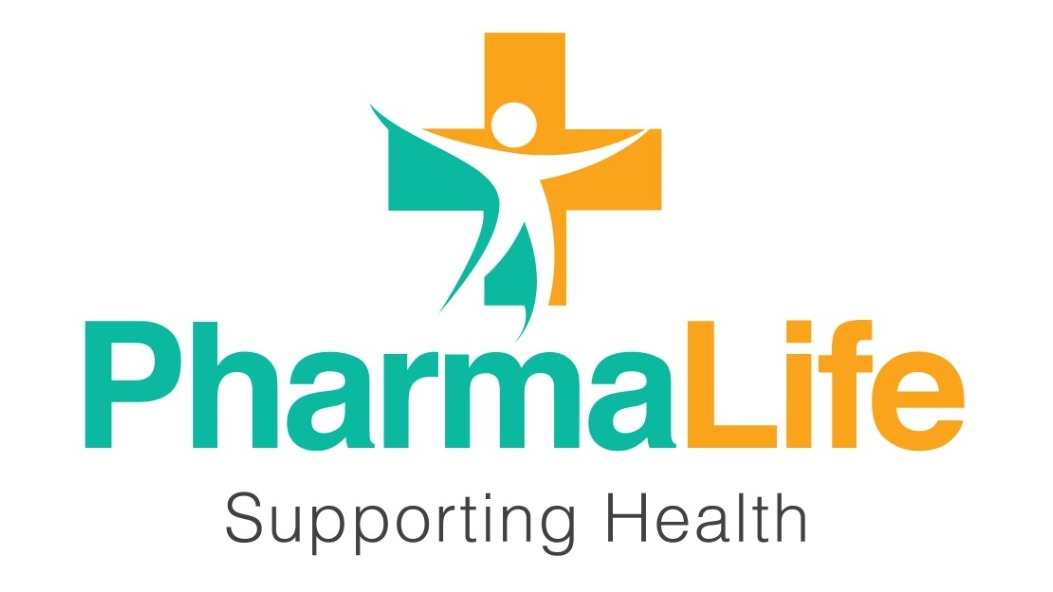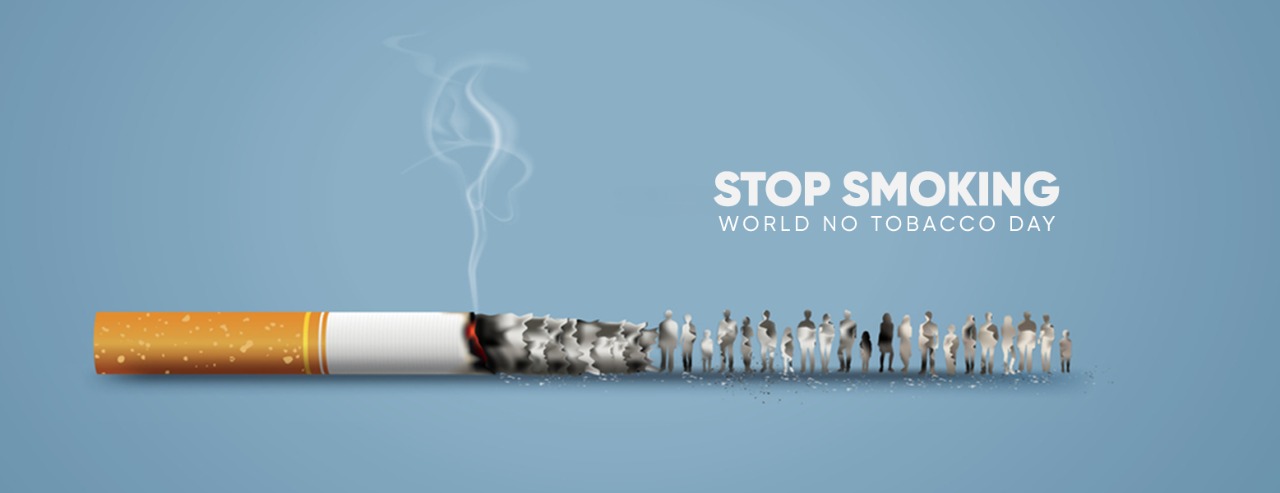World No Tobacco Day is celebrated each year on 31st May globally, with the key vision to both highlight the associated health impacts of use of tobacco and to implement policies that can significantly reduce its use. World No Tobacco Day has been marked every year since 1988, after the World Health Organization (WHO) passed a resolution on May 17, 1988.
This year too World No Tobacco Day is being celebrated with the theme “Protect the Environment”. According to the WHO, throughout its lifecycle, tobacco pollutes the plant besides damaging the health of all people. Tobacco use is held accountable for over 7 million lives every year. But, during its cultivation, production, distribution and post-consumer waste, it is believed to destroy our earth and further damage our health.
As we celebrate World No Tobacco Day, 2022, PharmaLife talks about the various dimensions of health impacts imposed by tobacco consumption. In this article, we also outline the key messages of World No Tobacco Day and how to quit tobacco and lead a healthy life.
Tobacco Use: A Serious Epidemic
Tobacco consumption has raised as a serious epidemic and one of the biggest public health threats to the human society. In fact, tobacco use is the leading preventable cause of death globally, leading to over 8 million deaths each year. Although all forms of tobacco are equally harmful, cigarette smoking still remains the most common form of tobacco consumed worldwide. Other common forms of tobacco include cigars, pipe tobacco, bidi, kreteks, hukka, etc.
Tobacco use killed 100 million people worldwide in the 20th century. Currently, over 7 million people die from tobacco use every year. This is more than the number of deaths from tuberculosis, HIV/AIDS and malaria combined. However, if not controlled in time, the situation is speculated to get a lot worse. According to the WHO Report on The Global Tobacco Epidemic – 2011, over 8 million people will die from tobacco use annually. Further, over 80% of these deaths is expected to occur from low and middle income countries only.
Furthermore, over 1 billion tobacco deaths are predicted in the 21st century, if the trend continues. Therefore, public health agencies and experts have continually been advocating for joint efforts to eradicate the tobacco epidemic at the earliest.
Tobacco Use in Nepal
For the past few decades, public health experts in Nepal have been focusing on infectious diseases including tuberculosis, diarrhea, cholera, etc. However, with the alarmingly increasing burden of non-communicable diseases like cancer, the government and public health sector both have identified tobacco use as a serious issue. Nepal, being an under-developed nation, shares actually one of the highest proportions of smokers in the world.
Nepal ranks 50 in the proportion of population who smoke, with over 6 million active smokers. Similarly, over 37000 annual deaths are due to tobacco use. It is predicted that smoking kills almost 102 people every day and almost 4 people every hour in Nepal.
With over 37% of the adult male and 15% of the adult female population being active smokers, smoking and tobacco consumption are serious risk factors in Nepal. Besides active tobacco users, a substantial number or people are exposed to secondhand smoke putting them at increased risk of cardiovascular diseases.
Despite the Nepal government spending almost 4 billion rupees in various intervening steps to tackle the tobacco crisis, it has largely failed in achieving the expected results. As the number of active tobacco users only seems to rise, Nepal too needs to fight the tobacco epidemic more seriously.
Health Impacts of Tobacco Use
Tobacco is a highly hazardous substance with over 200 harmful chemical agents, and almost 20 carcinogens (cancer causing agents). Tobacco also has a chemical substance called nicotine, which is primarily responsible for addiction. Moreover, other chemicals may impose serious health impacts, including cancer and heart attack. The major health problems associated with smoking and tobacco use include:
- Lung and Respiratory Infection
- Vascular Problems (Arteriosclerosis, Atherosclerosis, thrombosis, etc.)
- Oral Cancer and Dental Problems (gum diseases, staining, etc.)
- Laryngeal and Esophageal Cancer
- Chronic Obstructive Pulmonary Disease (COPD) i.e. Emphysema and Chronic Bronchitis
- Peptic Ulcer
- Pancreatic Cancer
- Myocardial Infarction (MI) or Heart Failure
Most of the effects of tobacco use are on cardiovascular system. Chronic use of tobacco initially affects the arteries and veins (blood vessels) of our body ultimately narrowing them. This can impose serious threats on the heart and lungs. Moreover, smoking or chewing tobacco will also affect the larynx, pharynx, oral cavity, esophagus and stomach increasing the risk of cancer. As smoking permanently damages the alveoli (small balloon like structures in lungs for gas exchange), it becomes difficult to breath leading to COPD. The body will also be prone to infections. Minor health impacts of tobacco use may also include hair loss, skin irritation, etc.
Quit Tobacco Today!
For an active tobacco user, quitting can sound tough, if not impossible. However, after getting to know all the major health impacts of tobacco and cigarette smoking, quitting is the only way to prevent possible death or other health complications. Some of the proven ways to quit tobacco consumption are:
- Educate Yourself: The first step to quitting tobacco is to understand the possible health impacts for you and your family both. Educating yourself will also cultivate a sense of responsibility to quit tobacco.
- Plan you Action: Set a date to quit as soon as possible; choose a method and quit instantly. There are basically two methods for quitting: Cold Turkey in which you quit at once or you may also choose the Gradual Quit method.
- Lifestyle Changes: Quitting tobacco alone is never possible. Incorporating daily healthy habits like regular exercise, meditating, eating lots of vegetables and fruits can come in handy in your quitting process.
Eradicating Tobacco From Society
Although tobacco consumption poses serious personal health impacts, there are numerous societal effects too. And therefore, joint efforts from the government, civil society and public health professionals can together ensure a tobacco-free society.
Looking from the societal point of view, second-hand smoke is a serious issue concerned with tobacco use. Second-hand smoke is the smoke that fills enclosed spaces when people use tobacco products. Exposure to second hand smoke accounts for over 1.2 million premature deaths per year. Almost 65000 infants die each year from illnesses attributed to second hand smoke. It is therefore necessary for the society to act as one to prevent these premature deaths.
- Convert public spaces into no-smoking zones
- Educate the society through awareness campaigns
- Discourage tobacco use in your family, friends or workplaces
- Work with the government to aid in policies like increased tax on tobacco to eradicate tobacco
Conclusion
Despite the known hazardous impacts of tobacco use, global tobacco burden is only increasing. It is therefore important for all of us to coordinate and act together and build a society with zero tobacco tolerance. Starting with yourself, quitting today and saving both your own and families’ health is the first step. Further, let us all make sure to help the government and all other stakeholders in the journey to building a tobacco free healthy society.
References
https://www.who.int/campaigns/world-no-tobacco-day
https://www.cdc.gov/tobacco/features/world-no-tobacco-day/index.html
https://extranet.who.int/fctcapps/fctapps/fctc/kh/legalchallenges


There are no comments